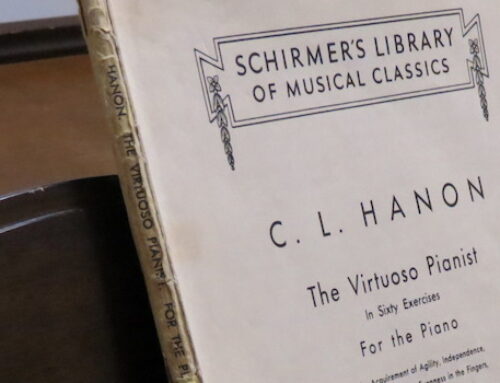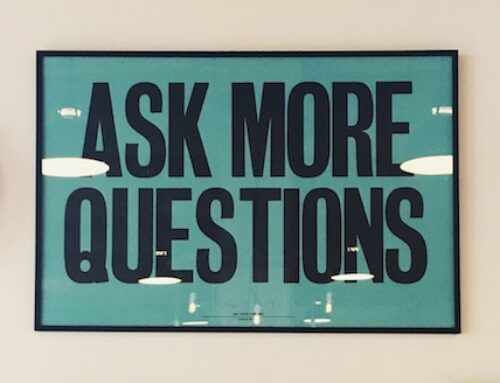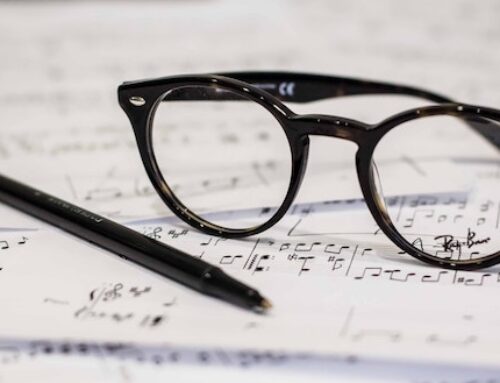We all hate that moment in the middle of a performance, or even before it starts, when we just go blank. We find it frustrating when we can play a piece well but memory gets in the way of a beautiful performance. How do we prepare to prevent that from happening?
As a kid I didn’t understand the concept of memorizing music. By the time my teacher asked me to memorize something, I already had it memorized. That was easy! If I played it enough times, it was in my fingers. But I was depending solely on muscle memory, an important component—but only a component—of truly memorizing music.
When I was older and my teacher gave me suggestions for how to go about memorizing music, I didn’t see the need to worry about it since I already had the music in my fingers. I didn’t think I had to work on memorization. As my music grew more complex, however, I soon realized that mental memory was just as crucial as muscle memory, if not more so. One small mistake during a performance (even the use of a different fingering), and muscle memory is the first thing to go!
I want to share seven strategies I’ve learned for more effective (i.e. mental) memorization:
1) Small-Section Memorization
When you set about memorizing a piece, take one small chunk at a time. Memorizing that small chunk involves learning notes and fingerings mentally as well as repetition for muscle memory. Learn mentally that, say, it starts on an A major chord in first inversion. You don’t necessarily need to learn each note and fingering one by one, but memorize the basic structure of the section.
2) Memory Points
Once you can play through a piece by memory, create memory points, places in the middle of the piece where you can begin. The beginnings of phrases are the first logical places to put these points. Don’t stop there though. Difficult spots in the middle of phrases and spots where you’ve had memory trouble when playing through the piece are critical places to make memory points as well. Learning these memory points not only helps those spots, but also helps you learn the structure of the piece and order of the sections. I like to start at the end of the piece and go through my memory points backwards. That way, I don’t get a running start into any of them but I’m actually starting at each one. At the same time, I’m learning which phrases start where in the overall structure of the piece.
3) Mental Performance
Have you ever tried playing a piece in your head? Attempting to perform the piece mentally, thinking of each individual note and fingering, helps reveal whether you really know it. I often have to check myself with the music while I’m doing this. Working in this way until you can successfully perform the piece by memory without touching your instrument thoroughly solidifies the memory by completely removing the muscular aspect.
4) Playing Every Other Measure By Memory
Want another way to get rid of muscle memory? Play only every other measure on your instrument and mentally perform the others. First begin by playing the first measure, and then switch so that you’re thinking the measures you played the first time. This strategy, in a way, creates memory points at almost every measure.
5) Super-Duper Slow Memorized Playing
Another strategy for removing muscle memory and forcing yourself to actually know the music is super slow practice. This is especially useful in fast pieces with lots of notes. The incredibly slow tempo changes how it feels physically to play the music and gives your brain time to think about each note individually and prepare for what comes next. This often serves to expose hidden memory issues that muscle memory had covered up.
6) Score Studying
Another useful, though slightly less intense, exercise is studying the score away from the instrument. This is similar to playing through a piece mentally, but this time you get to look at the music! This can be a good time to note structural and harmonic components. Even following along to a recording can be valuable as it also engages the ear.
7) Hands-Separate Memorized Playing
If you’re a pianist, you might consider playing one hand at a time. This really changes the kinesthetic aspect, forcing you to engage the mind more keenly.
I find that when I prepare using these strategies, I have something to depend on when my muscle memory goes—because it always does. The question is “Will my performance go with it?”
Do you use similar strategies for memorization? How would you weigh muscle memory against mental memory?









Convicting! I find myself often relying on finger-memory.
Very helpful! Thank you!